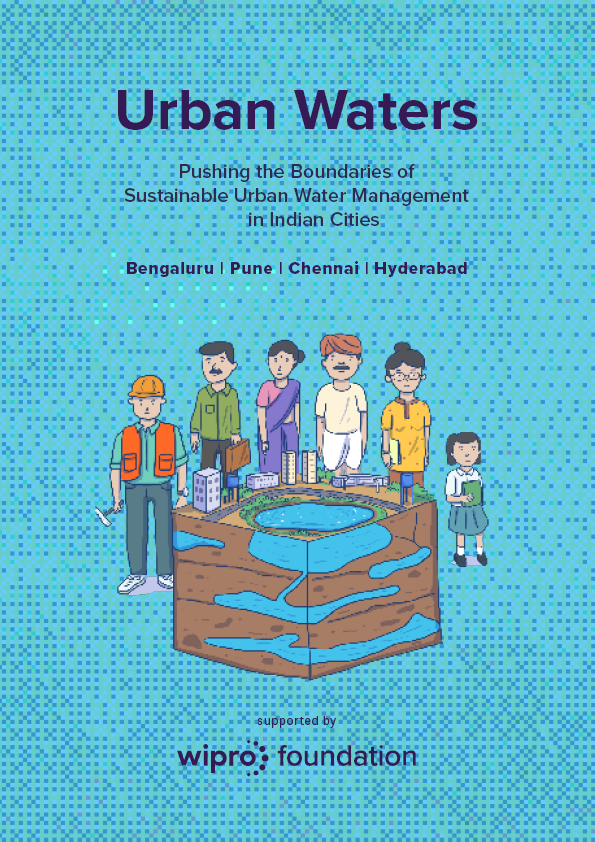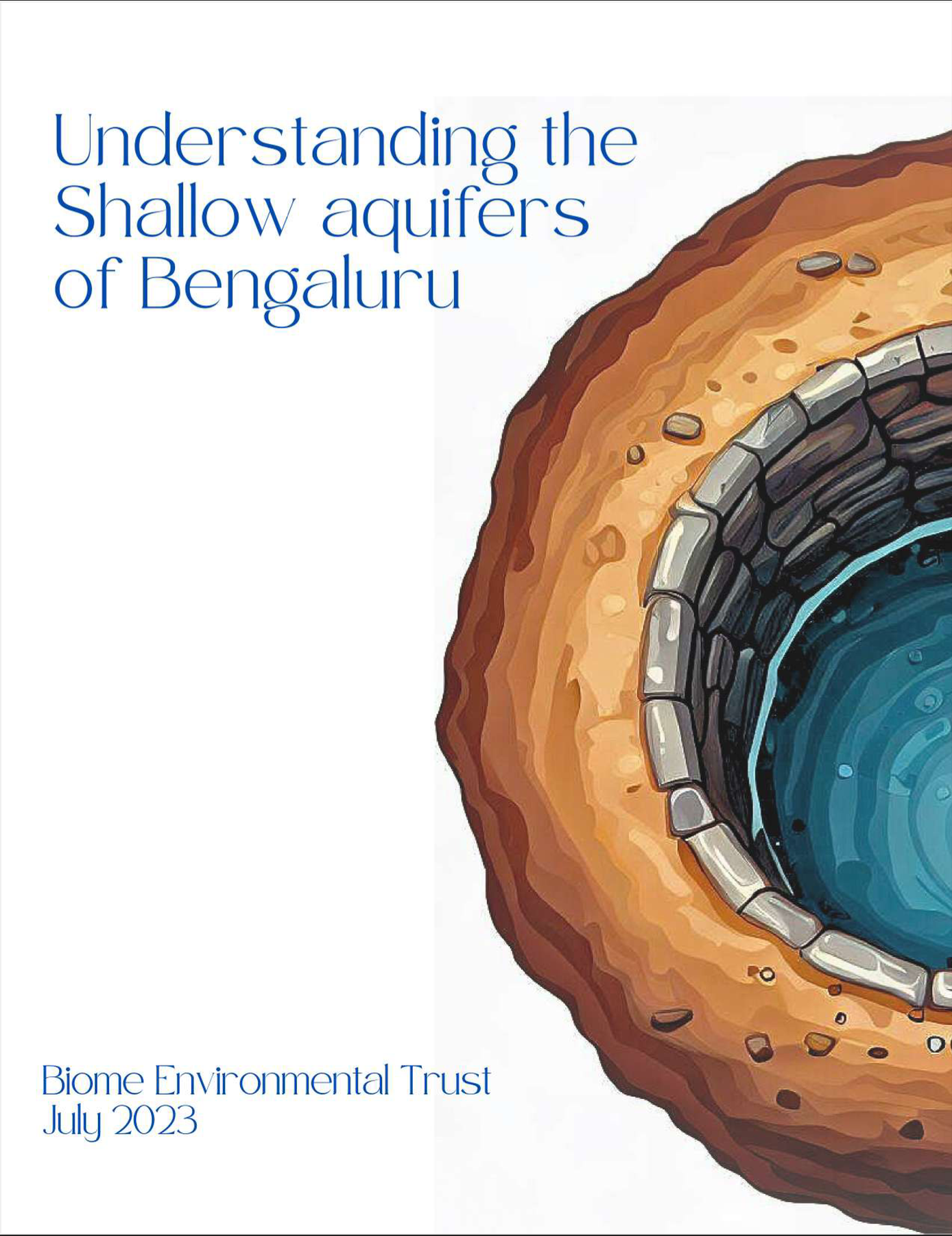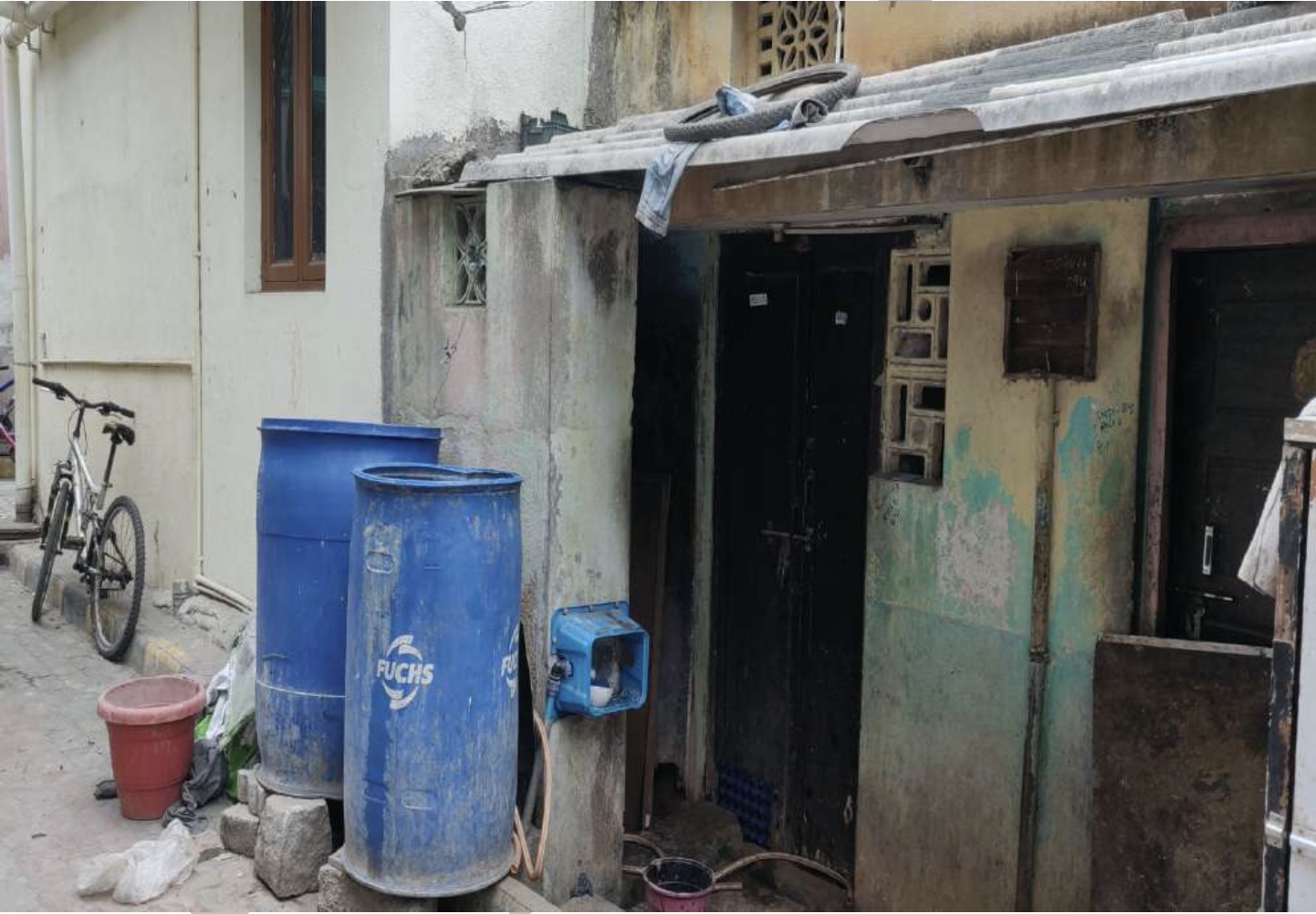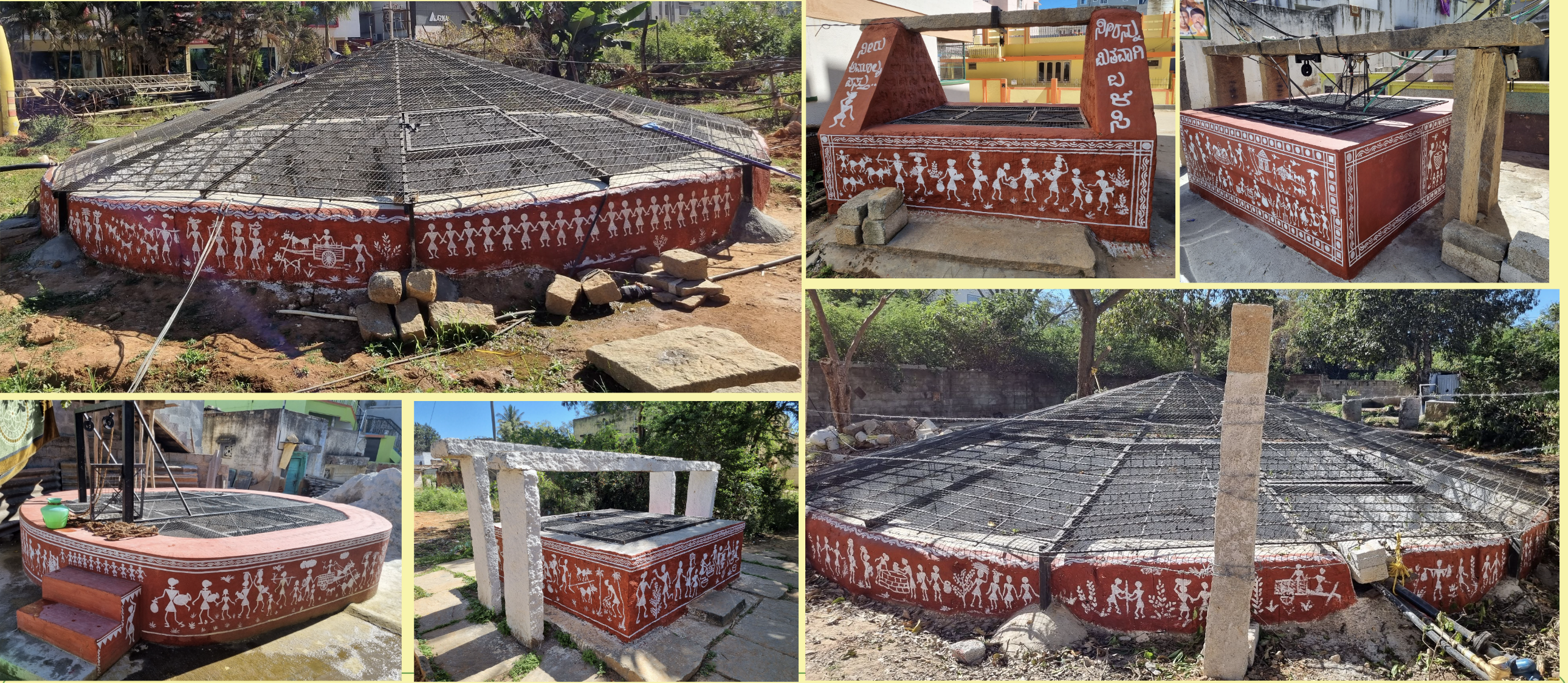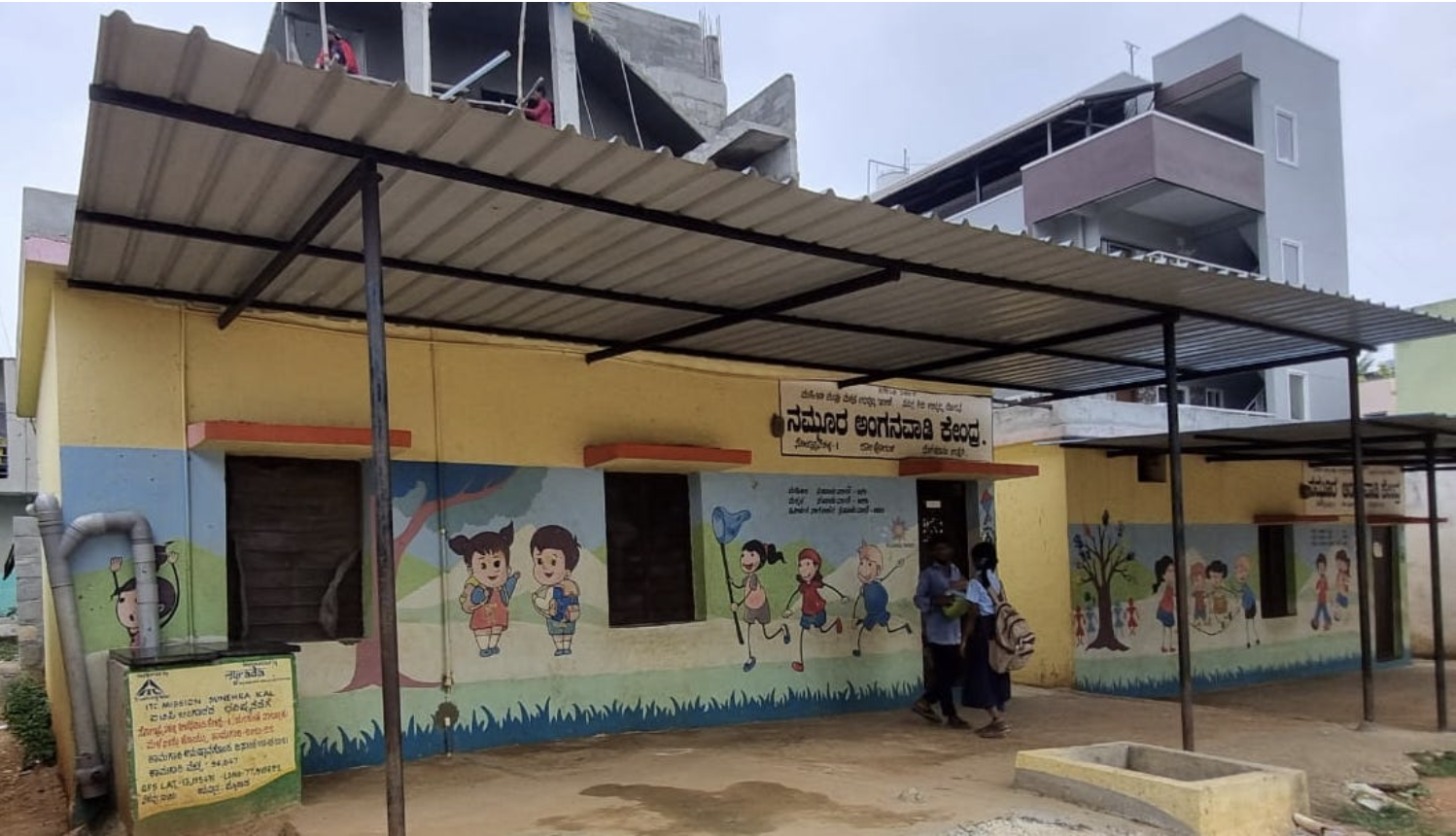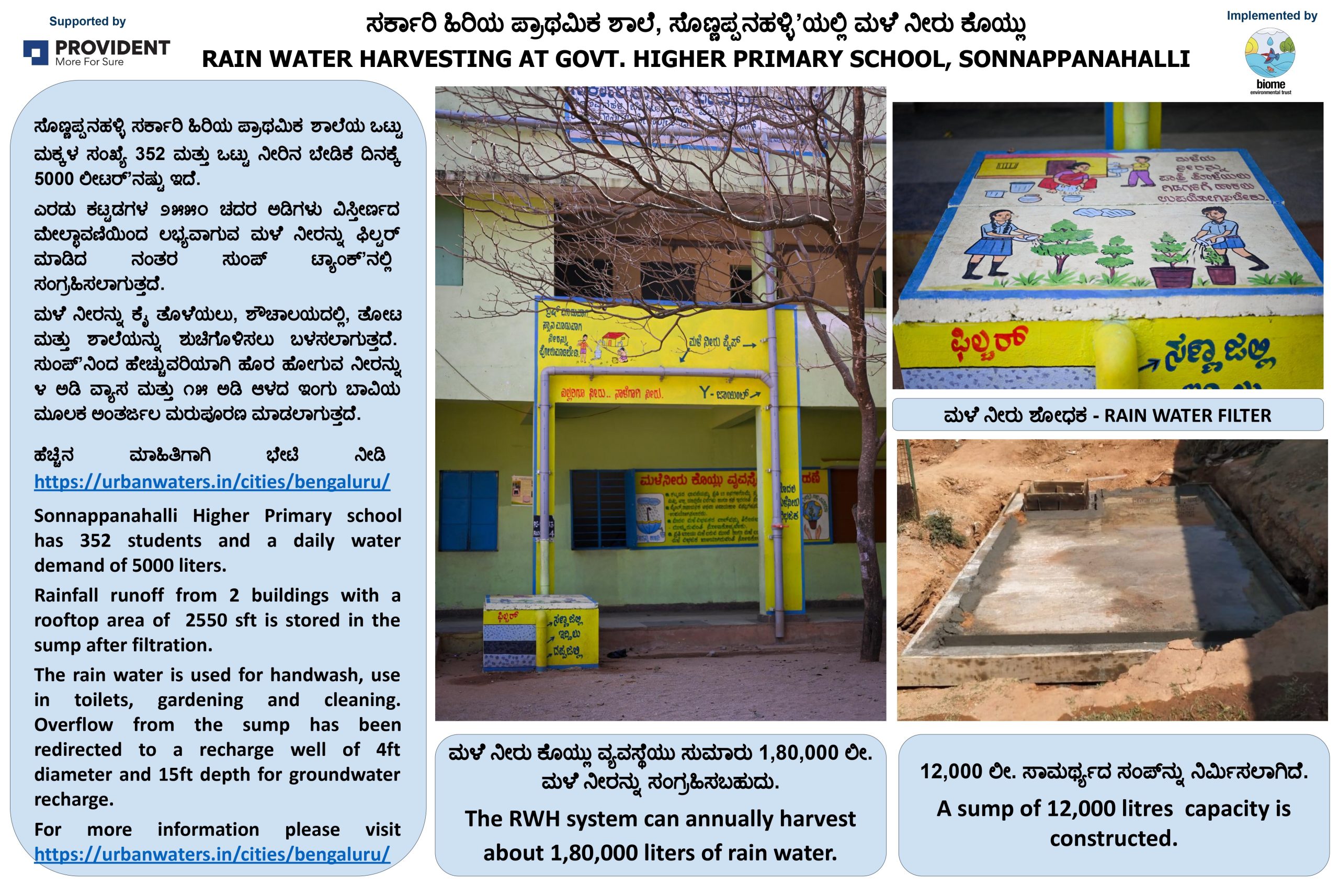Managing Demand Part 1: How to reduce demand
Given the severe water shortage we face in cities, reducing water demand is no longer a choice, but a given. Whether you live in an individual house or an apartment, whether you get municipal water supply or not, reducing demand has become an absolute necessity. Lowering our water demand will help to cope with sudden and immediate water shortages but also increase water availability in the long term.
In our daily lives, we waste huge amounts of water knowingly or unknowingly. By being aware of how and where water wastage occurs, we can stop this and conserve water.
Here are some tips:
- Do not let tap water run while you brush your teeth.
- Fix leaky taps. A leak of one drop per second causes loss of over 25 litres of water daily.
- Wash utensils in a sink of water instead of under running water. Also, wash fruits and vegetables in a vessel; this water can be reused in the garden.
- Wash cars with a bucket of water instead of a hosepipe. If you do use a hosepipe, use it only for rinsing off soap; you will be using 80% less water.
- Use a broom instead of hose more often, to clean driveways and sidewalks.
- Water plants only when necessary. Watering plants early or late in the day reduces water loss due to evaporation. Avoid using sprinklers when it’s windy, as wind can blow the water away and also speed up evaporation. Plant drought-resistant or native species that require lesser water. Place a plastic or earthen plate under the pot to retain excess water, which will get absorbed as the pot dries up.
- Reusing reject water from water filters. In the case of high-end water filters, the volume of reject water is almost twice as much the filtered water. The reject water can be collected and used for car wash or gardening.
In urban households, higher amounts of water are used up for toilet flushing, bathing and clothes washing. Below are some ways to reduce wastage in these areas.
1. Toilet flushing
- Opt for newer, water-efficient flushing systems. While older models use over 12 litres of water per flush, water-efficient ones using as little as four litres per full flush are available now
- Use a dual flush system. On average, a person flushes the toilet 6-9 times a day. Dual flush system allows you to use either half or full of the tank capacity.
- You can also make your existing flush a low-flush system by placing a brick or weight inside the tank to reduce the water used per flush
- Use Eco-San or Composting Toilets that do not require flushing, and convert solid and liquid wastes into fertiliser. Eco-San toilets are relatively easy to build and use. This UNICEF video explains how they work. Also, here is a video of an Eco-San toilet built in Pune.
2. Laundry
- Washing machines can be more economical in terms of water use. If you are buying a fully automatic washing machine, opt for a front loading one as it uses one-third less water than a top loading machine. In the case of semi-automatic machines, top loading ones allow you to adjust the cycle time or reuse the water for another load.
- Run only full loads irrespective of the kind of machine you have. In case of partial loads, reduce water use to match the size of the load.
- Replace old machines. New Energy Star rated machines use 35-50% less water per load, and 50% lesser energy. A good machine would use only 40 litres of water for a full 4 kg load.
3. Bathing
- Use a bucket of water instead of the shower. Bucket baths usually takes up only 20-25 litres, while a five-minute shower uses 100 litres. Most showers go on longer – for at least 7-8 minutes
- If you do take a shower bath, take a ‘Navy shower’. That is, turn on the shower only to wet the body or rinse off soap/shampoo. Steps in a basic Navy shower are, turn on shower and wet the body immediately – turn off shower and soap up – turn on the shower to rinse the soap off – turn off the shower. This way, the shower would be typically on for less than two minutes, and takes up only 11 litres of water.
- Use low-flow shower heads if possible that can be easily installed and are relatively cheap. With these, you use about 35 litres of water for a five-minute shower.
- Avoid tub baths if possible – they require at least 250-300 litres of water.
- Use the thin, traditional Kerala towels instead of thick terry towels, as they dry you quicker and also take up less water in the laundry.
Also, here are some simple gadgets that you can substitute for conventional ones, to conserve water:
- Tippy Tap: It comprises a can that releases small amounts of water when tipped, as shown in this video. Tippy Tap is a simple, cheap method to reduce the water used for washing hands. When a regular tap is substituted by a Tippy Tap, the quantity of water that usually serves a couple of people would serve 15 people instead. Efficient and hygienic, the Tippy Tap method is promoted by organisations like WHO in their campaigns to control diarrhoea. It can be set up in individual homes, schools, offices, restaurants etc.
- Faucet aerators: You can fix low-flow aerators to your existing taps. These devices are easy to install, and can heavily reduce water wastage.
- Kitchen sink shower: A low-flow shower can be used instead of a tap in the kitchen sink. This reduces water use, particularly in washing utensils as the water would spread over the dishes. Spread/coverage of water rather than volume is important for washing utensils, so a shower dispensing less water works well. If these are not available, plumbing fittings can be bought separately and assembled easily.
Costs
- Dual flush system: Rs. 3500 – Rs. 11,000 depending on the brand and model. Many companies also offer dual flush retrofitting for single flush system without much extra cost.
- Eco-San toilet: Rs 200 – Rs 2000 depending on the materials used for construction
- Tippy Tap: Rs 60 when bought from the Centre for Appropriate Technologies, Mysore, where it was developed. You can also make your own Tippy Tap.
- Kitchen sink shower: Components would be available for around Rs 500.
Best Practices
- Understand your water use statistics. Share it with your family members at the end of each month, and discuss how was use can be reduced.
- Large apartments should have a dedicated ‘Water Manager’ to oversee water use and look at ways to reduce consumption.
- Conduct periodic knowledge sessions for the resident community on water facts, scarcity and conservation.


